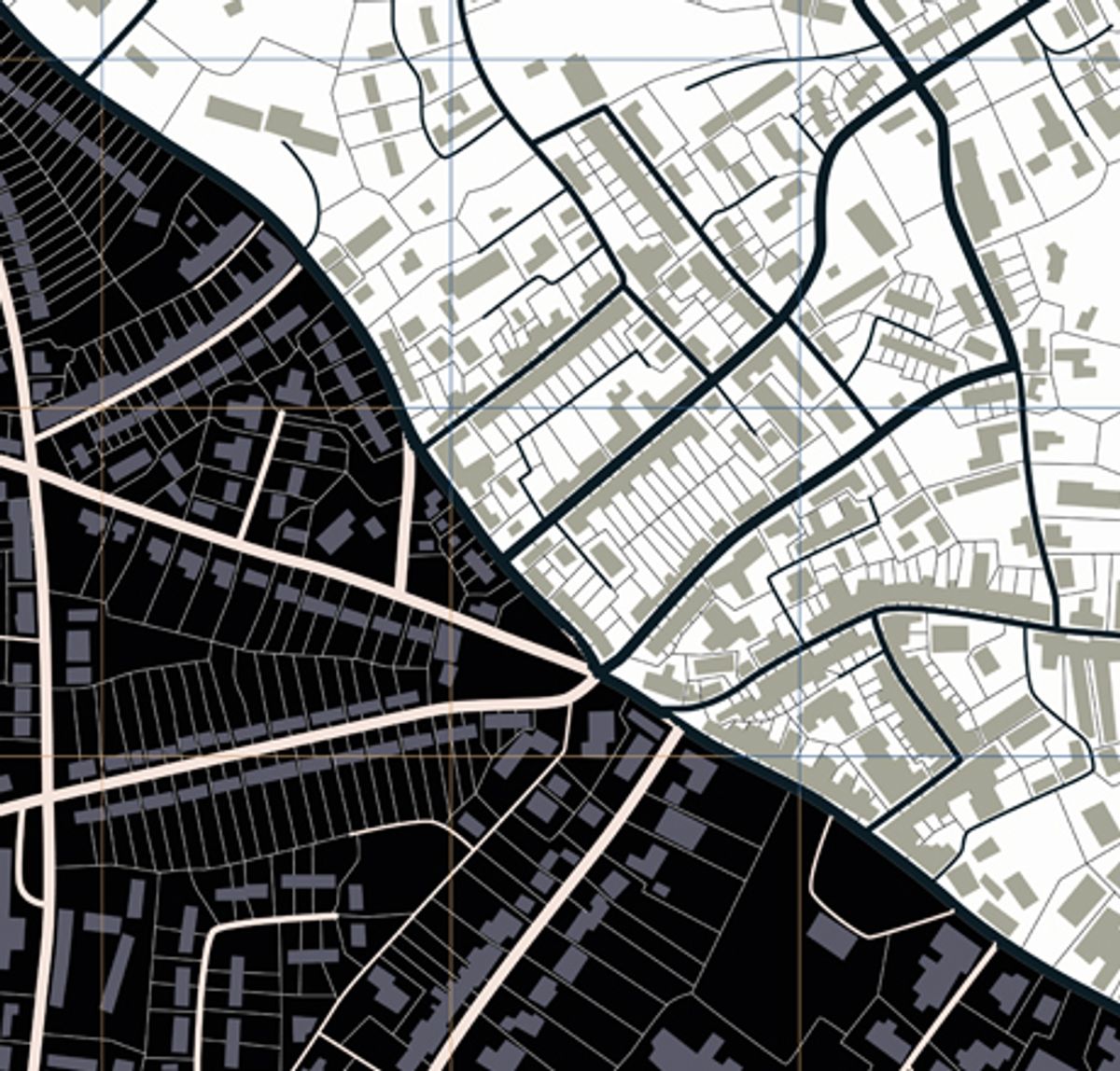Nearly 4,000 black soldiers in segregated military units helped build a World War II-era supply road between Alaska and Canada in 1942. As the road's 75th anniversary approaches, those soldiers are finally receiving the recognition they deserve.
The supply road was built in a mere eight months in frigid conditions on rough terrain, and required soldiers working from the north to meet up with white soldiers who worked from the south in order to connect the segments on October 25, 1942, according to the Associated Press. The finished product stretched some 1,500 miles, wider than most U.S. states.
It took 11,000 troops in total from the U.S. Army Corps of Engineers, troops who were divided by race. "The soldiers connected the road in Canada’s Yukon Territory east of the border of what was then the U.S. territory of Alaska," the AP reported. "A photo of a smiling black soldier shaking hands with a cigarette-dangling white soldier became emblematic of their effort."
The highway was originally called the Alcan Highway, but it's now known as the Alaska Highway. State lawmakers voted this year to celebrate black workers, which helped integrate the Army in 1948, to be honored on October 25.
Leonard Larkins, 96, was a black soldier who aided in construction of the road, and he's proud to receive long overdue recognition for it. "It’s way past time," Larkins told the AP. He was recently in Alaska for commemoration events, the AP reported.
As the AP elaborated:
A road link between Alaska and the Lower 48 was long a dream for territorial officials, but disagreements over a route and necessity caused delays until December 1941. The Japanese attack on Hawaii’s Pearl Harbor sparked an urgency to build the link out of concern that the U.S. territory and West Coast shipping lanes also were vulnerable. The southwest tip of Alaska’s Aleutian Islands chain is just 750 miles (1,206 kilometers) from Japan.
Larkins worked on both sides of the border with the 93rd Engineers, one of several black regiments sent north to help cut and hack through virgin wilderness. Along the way were clouds of mosquitoes, boggy land, permafrost and temperatures ranging from 90 degrees to minus 70 during one of the coldest years on record.
Larkins said he remembers black soldiers doing all the work as they were watched by their white superiors. Larkins, who hailed from Louisiana, vividly remembers the frigid temperatures. "So cold," he told the AP. "You can’t stand there too long, you know. It’s entirely too cold."
The road was called "one of the wonders of the modern world" in a 1944 military documentary.
"We often acknowledge the construction of the Alcan," Alaskan State Sen. Tom Begich said. "This is simply going a step further and saying there was a contribution made by African Americans as well."

Shares